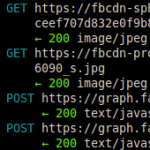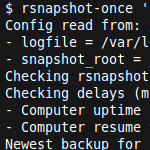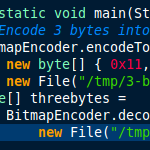Syncany explained: idea, progress, development and future (part 1)
Many many moons ago, I started Syncany, a small open source file synchronization project that allows users to backup and share certain folders of their workstations using any kind of storage, e.g. FTP, Amazon S3 or Google Storage.
At the time of the initial annoucement of the project (May 2011), there was a big hype around it. I received many e-mails and lots of support from people around the world. People were excited because the features Syncany offers are great: File synchronization à la Dropbox, paired with storage flexibility (use-your-own), client-side encryption (sorry about that, NSA!), and intelligent versioning.
At the time, I didn’t actually release a runnable version of Syncany. The sole purpose of the announcement (on WebUpd8 and on the Ubuntu Podcast) was to get developers excited about the project in order to get help for the last steps of creating a somewhat stable release. Unfortunately, I was further away from this “stable release” than I could have imagined.
In this blog post, I’d like to recap the idea behind Syncany, what went wrong with the development, and how I brought the project back on track (or so I believe). I’ll also talk about what I plan to do with Syncany and how people can help (if they still want).








Recent Comments